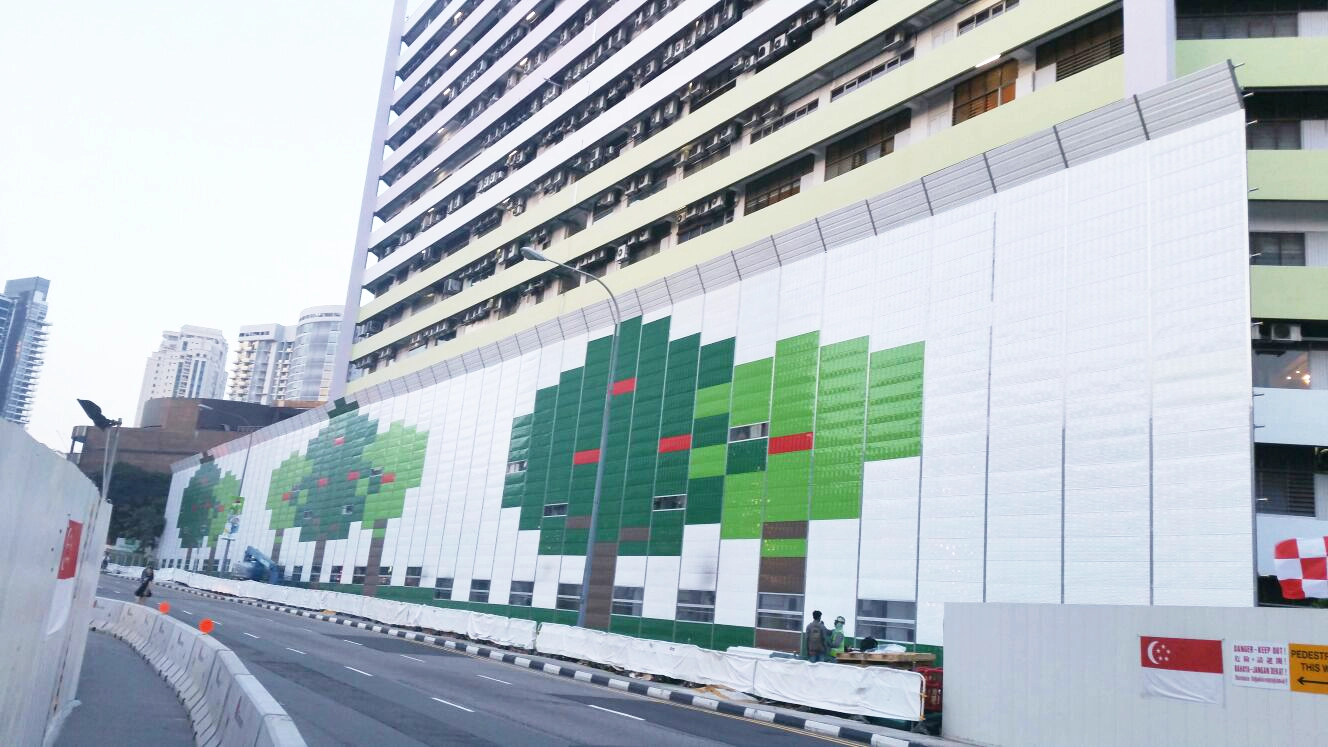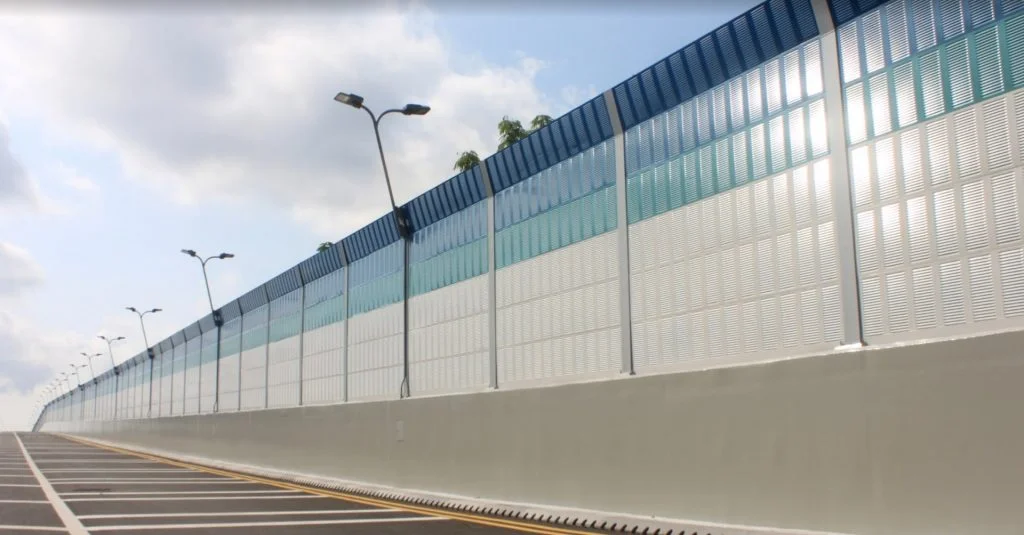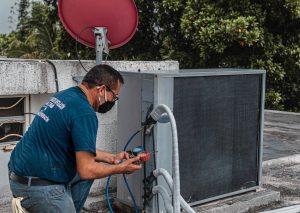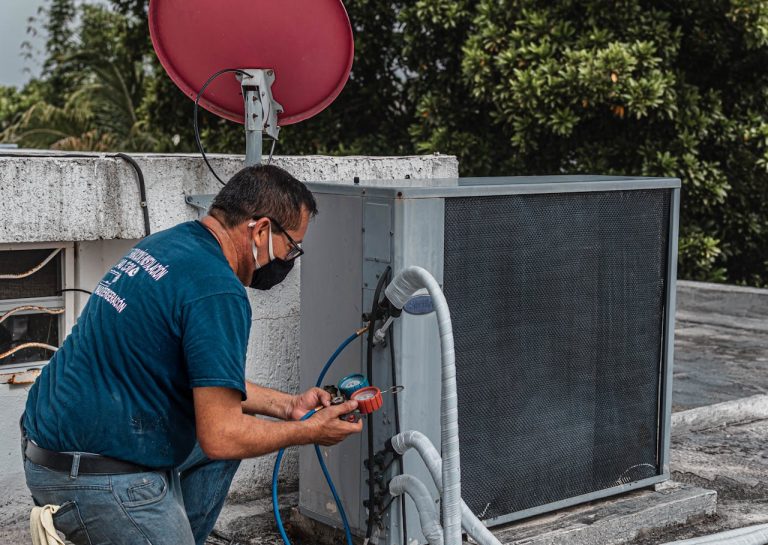In a city as vibrant and fast-paced as Singapore, noise is just part of life. Whether it’s the hum of traffic, the whir of construction equipment, or the chatter of bustling streets, it’s all part of the urban symphony. But when noise levels cross from “lively” to “overwhelming,” it becomes a problem—one that needs a solution.
Enter sound barriers: those tall walls you see along highways, around construction sites, and near industrial zones. They’re designed to block or absorb noise, giving nearby residents some peace. But here’s the million-dollar question—are these barriers really as helpful as they seem, or are they causing more harm than good?
Why Sound Barriers Are a Common Choice
Sound barriers exist for one clear reason: to tackle noise pollution. And let’s give credit where it’s due—they do their job pretty well in most cases. Here’s why they’re so widely used:
1.Noise Reduction
The main goal of a sound barrier is to block out or absorb unwanted noise. Living next to a highway or construction site is way less stressful when there’s a solid wall cutting down the decibels.
2.Better Quality of Life
Noise can take a real toll on mental and physical health. By reducing noise, sound barriers help create calmer, healthier environments for people who live or work nearby.
3.Maximising Urban Space
Singapore doesn’t have the luxury of sprawling land, so residential and industrial areas often sit side by side. Sound barriers make it possible for these spaces to coexist without driving everyone mad with noise.
4.Property Value Boost
Let’s face it—no one wants to live next to constant noise. Areas with effective noise reduction measures, like sound barriers, tend to have higher property values because they’re just more pleasant to live in.
With benefits like these, it’s easy to see why sound barriers are a go-to solution in Singapore. But, like everything, they’re not perfect.

What’s the Catch?
For all their perks, sound barriers have their fair share of drawbacks. Let’s break them down:
1. Environmental Concerns
- Impact on Wildlife: Sound barriers don’t just affect people—they can disrupt local wildlife too. Birds, for example, might struggle to navigate around these walls or lose access to their usual habitats.
- Carbon Footprint: Materials like concrete and steel, which are commonly used for sound barriers, come with a hefty environmental cost. This can clash with Singapore’s commitment to sustainability and green urban planning.
2. Aesthetic Issues
Let’s be honest—sound barriers aren’t always easy on the eyes. Even with greenery or creative designs, these towering structures can feel a bit out of place in Singapore’s sleek, modern cityscape.
3. They’re Not Always 100% Effective
- Reflected Noise: Sometimes, sound barriers just bounce noise to other areas instead of absorbing it. So, while one neighbourhood gets quieter, another might get louder.
- Struggles with High-Frequency Sounds: Not all sound barriers are created equal. Some do great with low-frequency noise, like traffic rumbles, but aren’t as effective against high-pitched sounds like alarms or sirens.
4. Maintenance and Costs
Building sound barriers isn’t cheap, and keeping them in good shape over the years adds to the expense. Weather, wear, and tear can all reduce their effectiveness over time.
Are There Better Alternatives?
Given these limitations, it’s worth asking: is there a smarter way to tackle noise pollution in Singapore? The answer might lie in a mix of innovative solutions:
1.Green Noise Barriers
Think vertical gardens or plant-covered walls. These not only reduce noise but also look great and contribute to cleaner air. Win-win, right?
2.Advanced Acoustic Panels
High-tech panels are designed to absorb and dissipate noise more efficiently than traditional barriers. They’re also sleeker and less obtrusive.
3.Noise Reduction at the Source
Instead of just blocking noise, why not prevent it in the first place? Quieter construction equipment, better road surfaces, and soundproof building materials can all help.
4.Community-Driven Urban Design
Listening to residents’ feedback and involving them in planning can lead to noise reduction strategies that balance effectiveness with aesthetics and sustainability.
So, Are Sound Barriers Worth It?
At the end of the day, sound barrier singapore do serve a purpose. They’re great at reducing noise in certain situations, and they’ve helped countless communities in Singapore live more peacefully. But they’re not a perfect solution.
When you factor in their environmental impact, visual drawbacks, and limitations, it’s clear that sound barriers are just one piece of the puzzle. To truly tackle noise pollution, Singapore needs to combine traditional methods with innovative, eco-friendly, and community-focused strategies.
Final Thoughts
Sound barriers might not be the ultimate solution, but they’re a solid starting point. As Singapore continues to grow and evolve, it’s important to find noise control measures that align with the city’s goals for sustainability, innovation, and quality of life.
After all, a quieter Singapore doesn’t just mean less noise—it means happier, healthier communities and a better future for everyone.


























